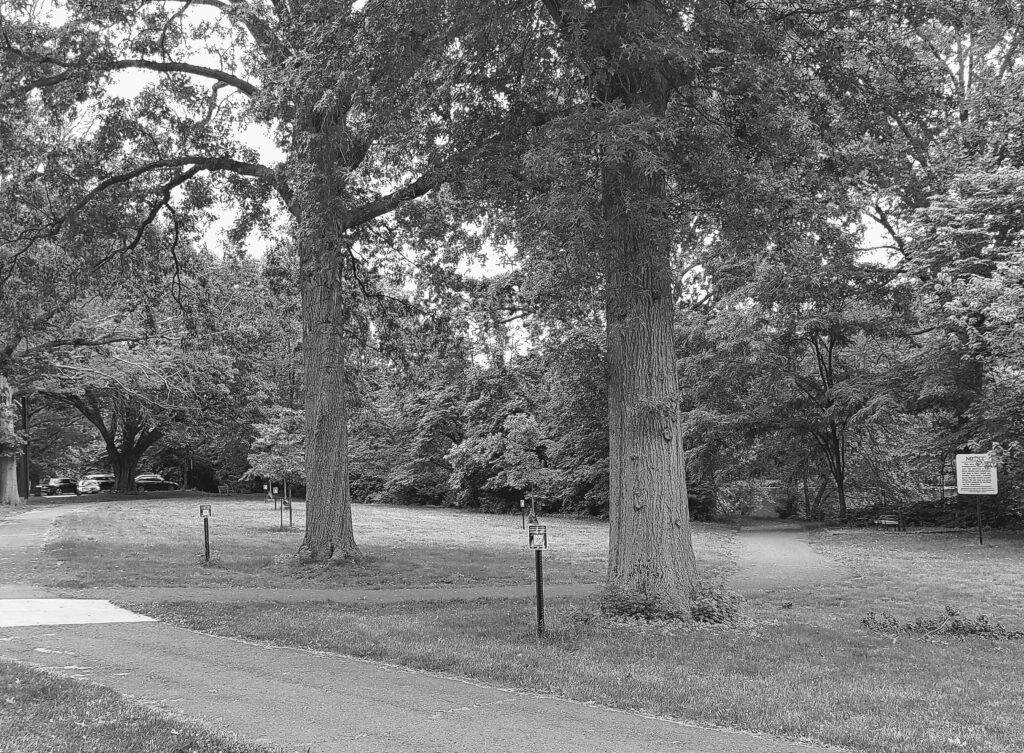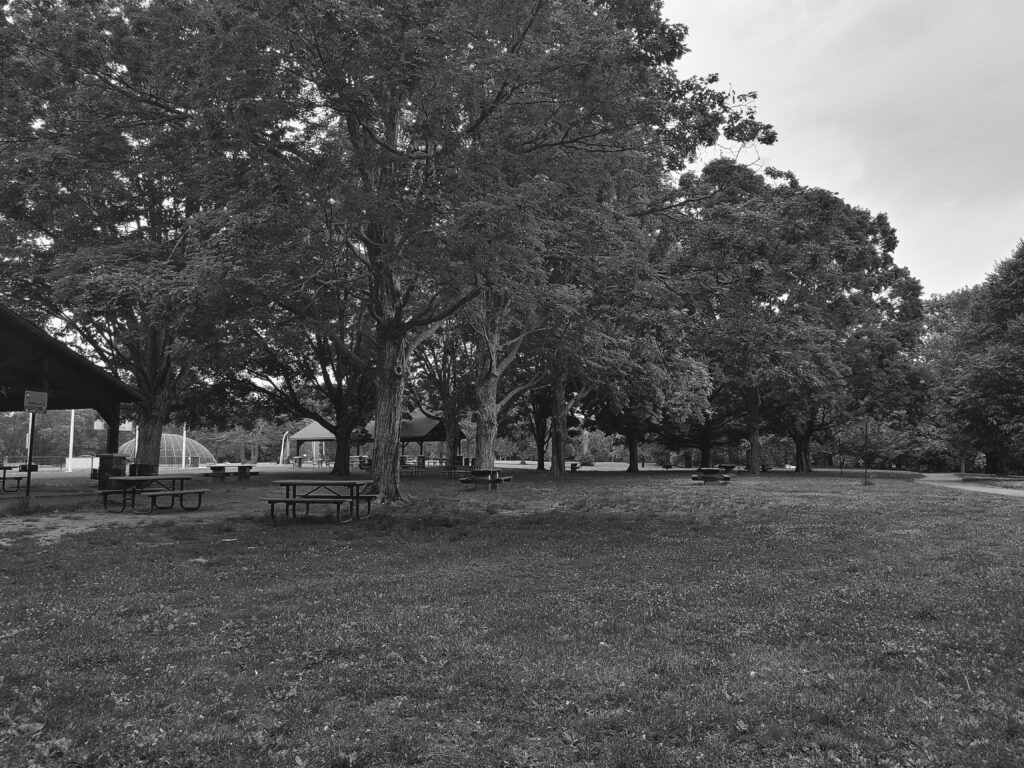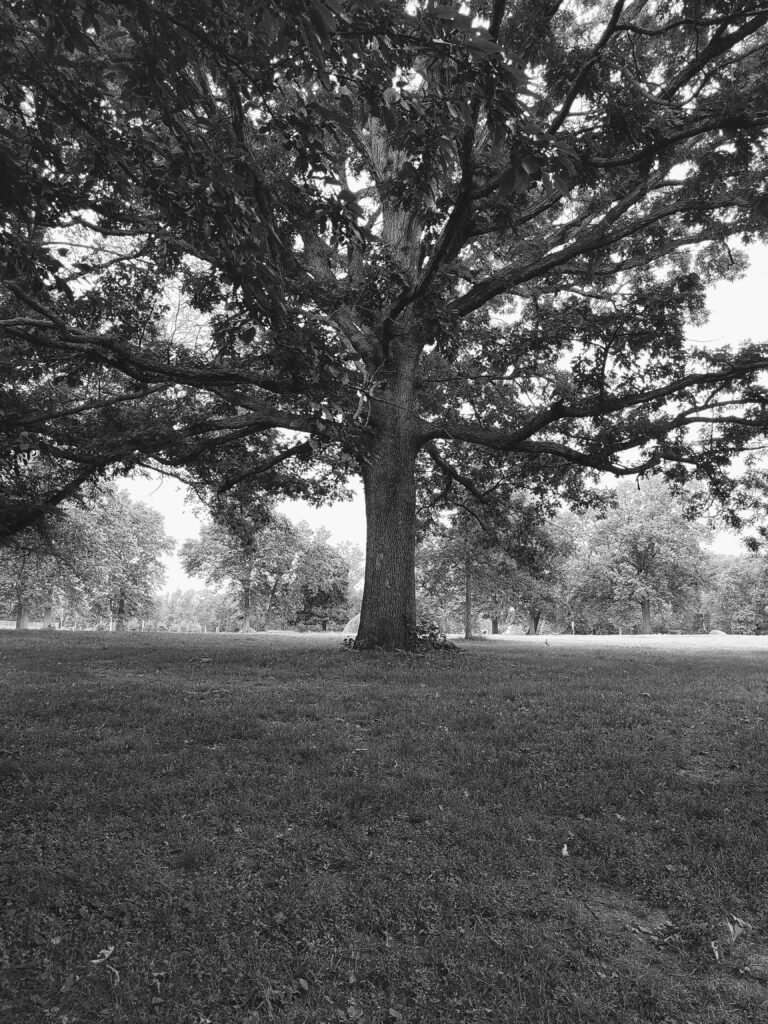
Rahway’s Commemorative Trees
Submitted by Al Shipley, City Historian and Rahway Library Research Consultant
From the earliest of times, trees have been used as life-affirming symbols and have represented any number of admirable human qualities. In the works of mythology, legends, folklore, religion, fiction, and poetry, trees have symbolized attributes such as strength, knowledge, wisdom, persistence, beauty, and longevity. Rahway’s first use of a tree as a symbol dates back to the time of the American Revolution when citizens assembled around a stately tree to demonstrate their resistance to British rule. In later years, the city would plant trees to honor and remember soldiers lost in war, to honor George Washington, and to celebrate the 150th anniversary of the signing of the United States Constitution.
In the years leading up to the American Revolution, the rebellious leaders of Boston held mass gatherings to plan their protests against the unfair policies of the British. Their meeting place was beneath the branches of a large, old elm tree which came to be called the “Liberty Tree” by those committed to the cause of independence. Soon, word of the gathering spot spread through the colonies and many towns selected a “Liberty Tree” of their own where they too could show defiance to the Crown. Rahway’s “Liberty Tree” was located near the south-east corner of Milton Avenue and St. Georges Avenue. The tree was lost over time and replaced by a tall “Liberty Pole” that marked the spot where it had stood. The pole remained in place until March 12, 1888 when the fierce winds of the infamous Blizzard of 88 snapped it in half.
Following World War I, eleven red oaks were planted at Riverside Park (Veterans Field) as a way to honor and remember the eleven Rahway boys who made the Supreme Sacrifice during the war. The trees were placed in a row parallel to the first base line of the baseball diamond extending from the diamond to the driveway entrance at the top of the hill. Unfortunately, most have been lost due mainly to the flooding conditions that have plagued the field over the past one-hundred years.
After the Union County Park system was created in 1921, the parklands of the Rahway County Park became the perfect venue for commemorative tree planting programs. The park had been built on what had been farmland and over-grown fields and was devoid of many trees. Even after the Olmsted Brothers, the celebrated landscape architects worked their magic and created a beautiful 129 acre park, there was still ample room for new plantings. The extensive acreage was also ideally suited to accommodate large gatherings that would likely attend dedication ceremonies.
On Monday, February 22, 1932, a ceremony was held in the Rahway County Park to dedicate a sturdy oak to the memory of George Washington on the occasion of the 200th anniversary of his birth. Over 1,000 citizens witnessed Rahway’s tribute to Washington which included a parade, musical selections, and speeches. One of the orators remarked, “Washington was a lover of trees. It is appropriate that on the 200th anniversary of his birth a major part of the national program should be the planting of millions of trees across the country.” The oak, which was said to “exemplify the character of our first president,” was planted on the knoll overlooking the bowling green where it stands to this day.
In observance of the Sesquicentennial (150 year anniversary) of the signing of the United States Constitution, a tree planting dedication program was held at the Rahway County Park on October 12, 1937. Thirteen sugar maples, one for each of the thirteen original colonies, were planted on the knoll east of the swimming pool and south of the baseball diamond. Sugar maples traditionally are symbols of balance, promise, and longevity. The grove was to be known as “Constitution Grove” and it was proposed that a metal plaque would be set to mark the area as a place of significance. Today, the marker, if one was actually ever placed there, no longer exists. Most of the sugar maples, however, still stand.
On Memorial Day, May 30, 1947, a Memorial Tree Grove was established in the Rahway County Park in honor of the fifty-eight soldiers from Rahway who lost their lives during World War II. Several thousand people, young and old, attended the program which was reported to be “the first and most suitable method to honor the heroes.” The Grove was “rediscovered” in 2015 when a map was found which gave the location of each tree (A full account of finding the map appeared in the May, 2015 issue of “Our Town”). In the past six years, county officials have redesigned and beautified the memorial stone marker that was also dedicated during the ceremony and have most recently marked the trees with QR codes that contain information on the individual soldiers.
With the summer months upon us and the lifting of COVID-19 restrictions, it’s a perfect time to visit the park. This time, while walking or jogging, take notice of the history that has been memorialized and preserved in the majestic form of natural monuments.


